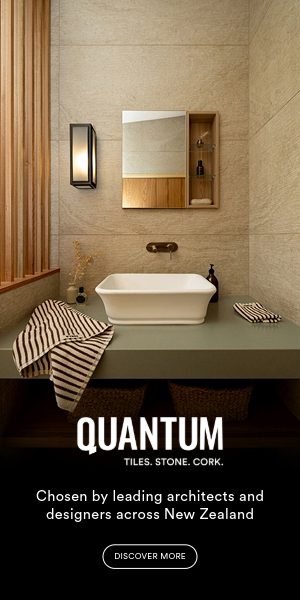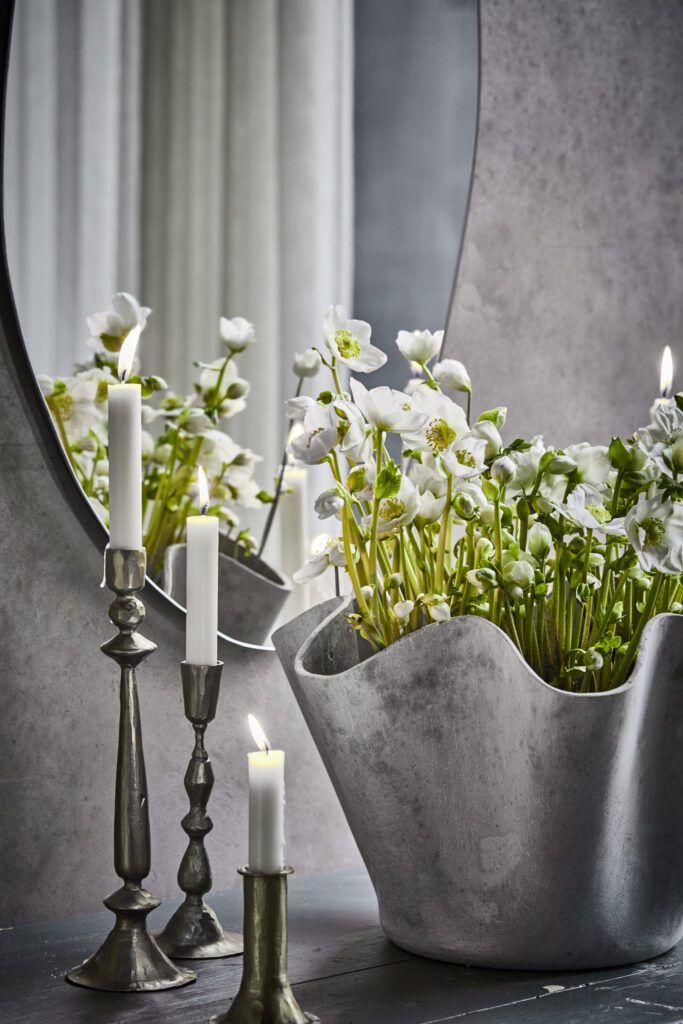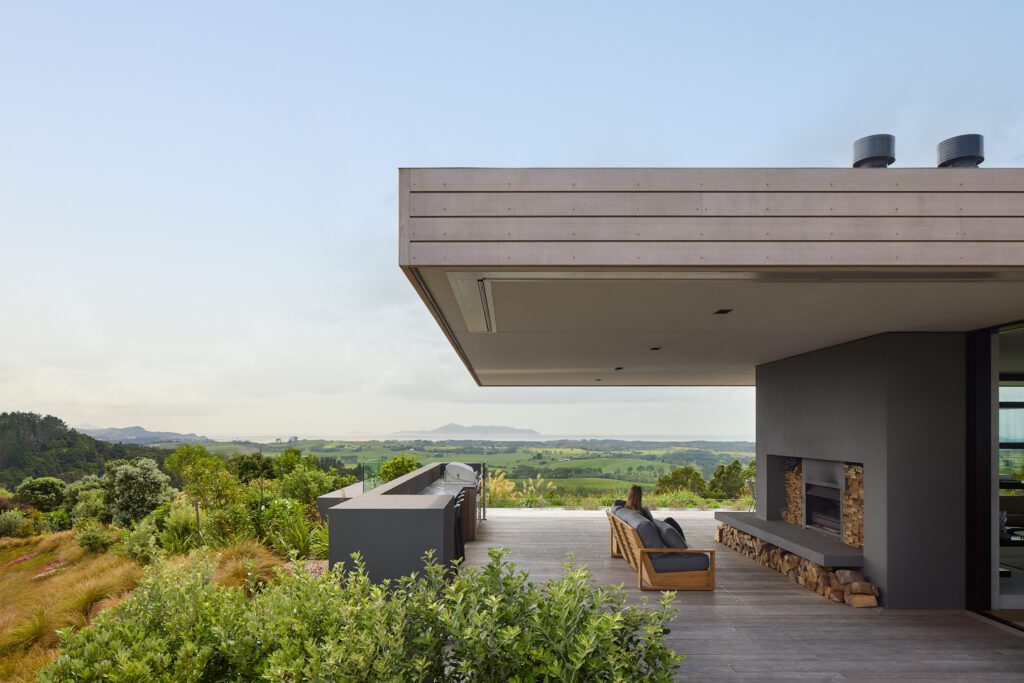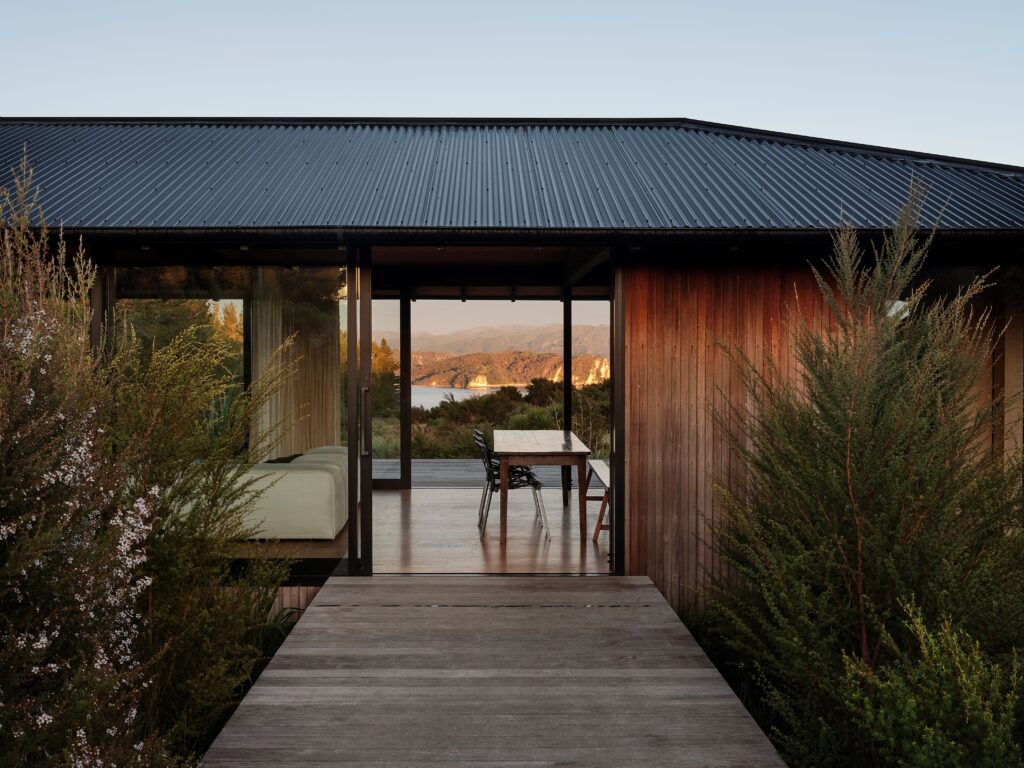Ahead of her upcoming exhibition with Gallery Sally Dan-Cuthbert at Aotearoa Art Fair, we caught up with New Zealand-raised, Rotterdam-based designer Sabine Marcelis about her latest work, and what we can expect next from her groundbreaking global studio.
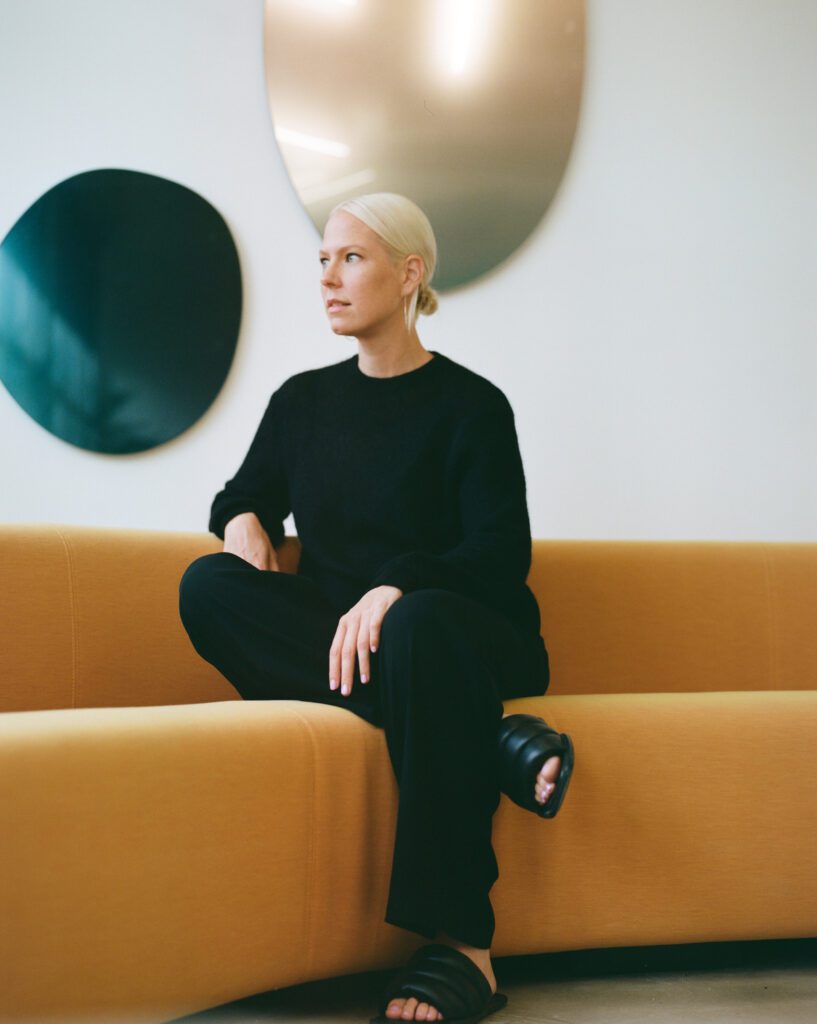
How did growing up in New Zealand help to shape your world view and approach to design?
I’m incredibly inspired by the elements and how the sun interacts with the clouds. Having spent so much of my youth on the mountains above the clouds, I still draw inspiration from those moments. In my opinion, there is no better designer than Mother Nature, and New Zealand has some of the best nature in the world, so I feel very lucky to have grown up there! My attitude is also very Kiwi, I feel. I try to always find a way of making things work and apply some ingenuity.
Your work is returning to New Zealand with Gallery Sally Dan-Cuthbert this year. Can you tell us about the pieces that will be exhibited?
The show is really an overview of my practice — almost a retrospective of my collectible design pieces. I’ll be exhibiting the Seeing Glass mirrors and Candy Cubes, which were some of my earliest works, together with the Slide Lights, which are newer and embody the evolution of my practice with more complex integration of light and the shaping of cast resins. There is a colour story in the works with islands of warm colours, and islands of colder and deeper colours. It really shows how the same objects can be perceived so differently depending on colour and surface finish.
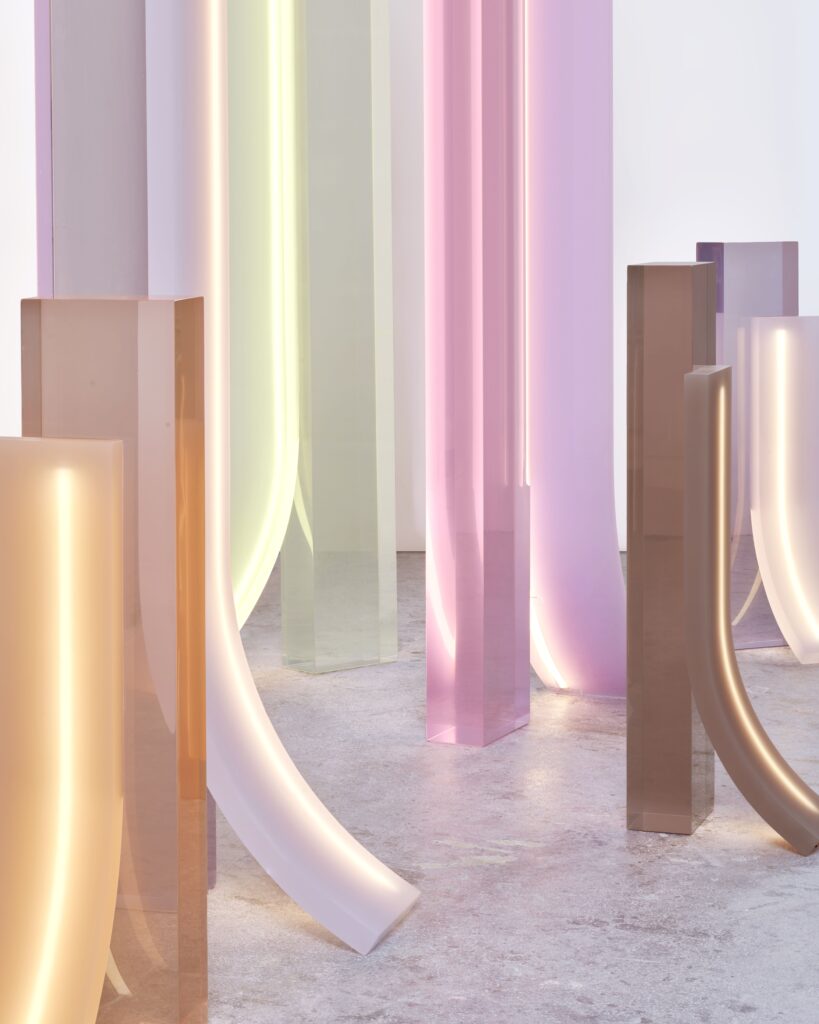
Tell us about your creative process and how it has evolved over the years?
My creative process has always, and will continue to start with the material and a certain effect I want to achieve. I am always trying to get more out of materials and production processes, and this hasn’t changed. I want to keep challenging myself and my team, which keeps things exciting and fun for us. The only difference is the scale, which is much bigger now! I embrace new technologies and possibilities within the process. I’m currently in New York on a project and we are using VR glasses to test designs on-site with the client.
Sustainability is an important part of your practice. Can you tell us more about how you approach this within your work?
It’s every designer’s responsibility to be respectful and informed about the materials and processes used in their practice. As with any other sector, anything we create has a direct impact on climate change. I am always very careful with the context of my work and which materials make sense for it. We have spent the last years developing new materials that integrate solar cells in an almost invisible way. The RA solar sundial was the first large-scale result using that materiality. The artwork would charge all day long in the sun and light itself up at night, making it completely off-grid. I definitely see that as the future of outdoor installations, and we are working on a few more projects like it that are not just passively existing in the public space, but actively contributing by harnessing energy.
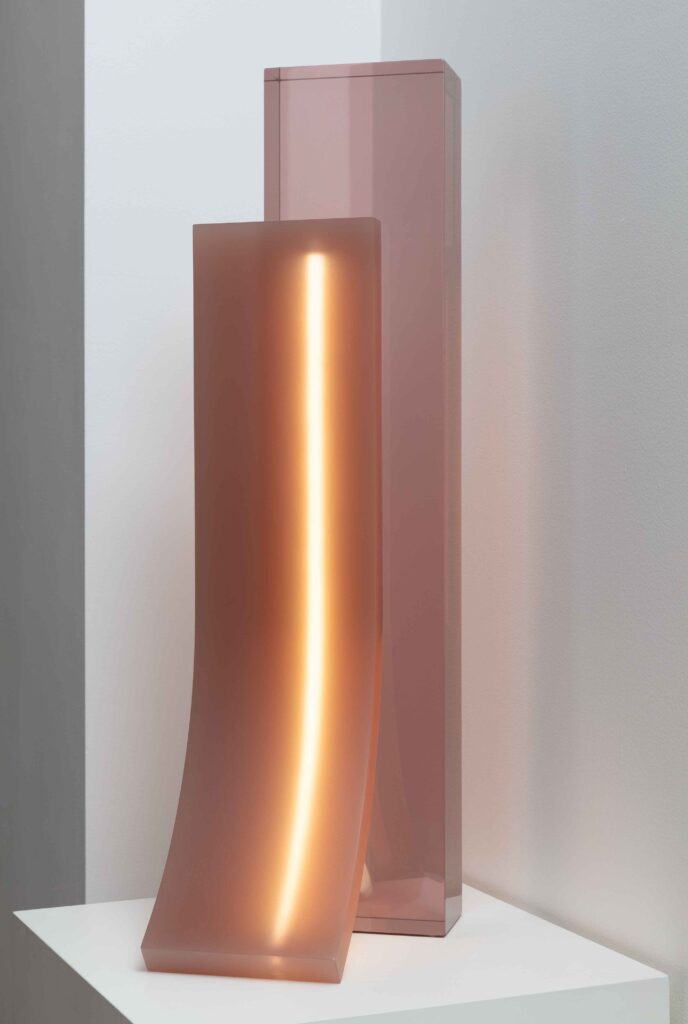
What can we expect to see from you next and where?
Last year, the focus of my studio was on large outdoor installations, including Merging Blocks at Te Papa. I had a large kinetic installation at the High Museum of Art in Atlanta and another kinetic work for Bulgari at the Spanish Steps in Rome. We also unveiled a fountain in Amsterdam. This year I want to focus on creating new work in the realm of collectible design objects. We are doing a lot of material explorations for this at the moment, and those explorations will become new works for solo exhibitions at galleries including Gallery Sally Dan-Cuthbert in Sydney. I will also debut some new projects during Salone del Mobile in Milan: coloured versions of the Stedelijk chair (my first chair, which was designed for the newly renovated Stedelijk Museum Amsterdam) with BD Barcelona; my first sofa will be launched with laCividina, along with a really fun project with aluminium extrusion company Hydro and material science company XL EXTRALIGHT.
